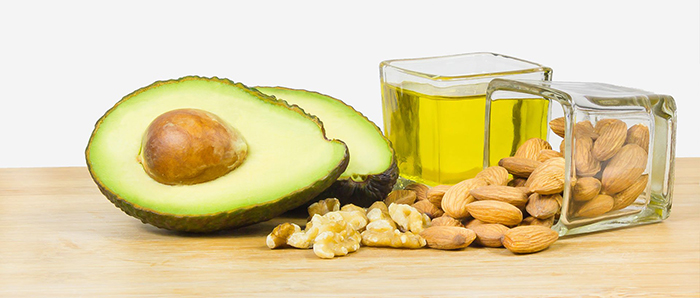How to Raise Your `Good` Cholesterol

Anything under 40 milligrams per deciliter (mg/dL), is considered low. While there are a few drugs that raise HDL, there`s little evidence that taking them reduce the risk of heart attack.
The good news is that a number of lifestyle changes that are clearly good for your heart and overall health can also raise your HDL. Here`s what can help:
• Exercise: Regular aerobic exercise may boost HDL levels by about 11 percent, some research suggests. Aim for 30 minutes five times a week. (For indoor workouts, see our Ratings and reviews of the best treadmills, ellipticals, and alternative motion exercise machines.
• Lose weight. If you’re overweight, losing a few pounds can help; for every 6 pounds you drop, you may increase your HDL level by 1 mg/dL. (See how to lose weight without diet pills.)
• Choose healthier fats. Eating more monounsaturated fats (in avocados, nuts, and olive and canola oil) was found in one study to increase HDLs by 12.5 percent. Fish rich in omega-3 oil can boost HDLs, too. Also helpful is eating two to three servings per week of fatty, low-mercury fish like wild or canned salmon, sardines, pollock, or tilapia.
• Don`t smoke. If you smoke, ask your doctor for help quitting. Stopping isn`t easy, but you can increase your odds of success by trying more than one strategy at a time.
• Watch your meds. Talk with your doctor if you take a beta-blocker or benzodiazepine, because that can reduce HDL levels.















































